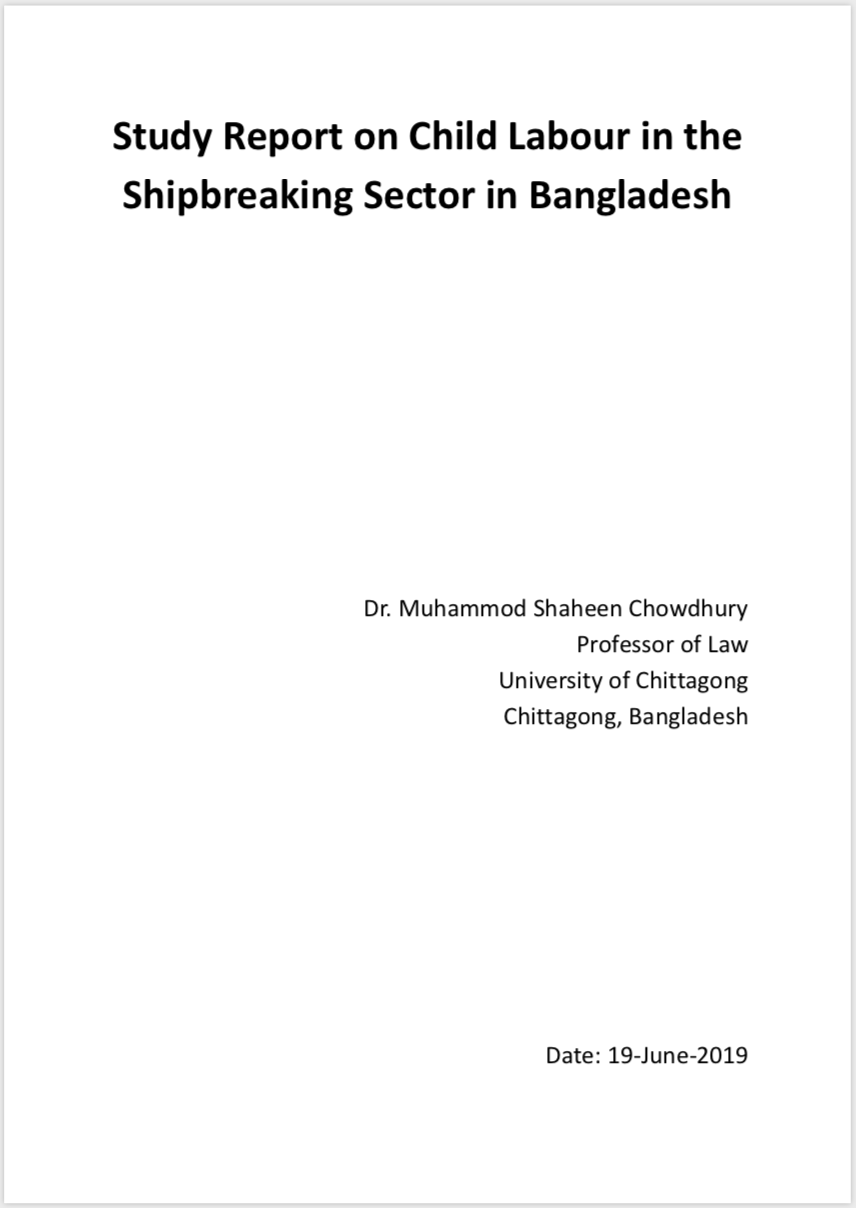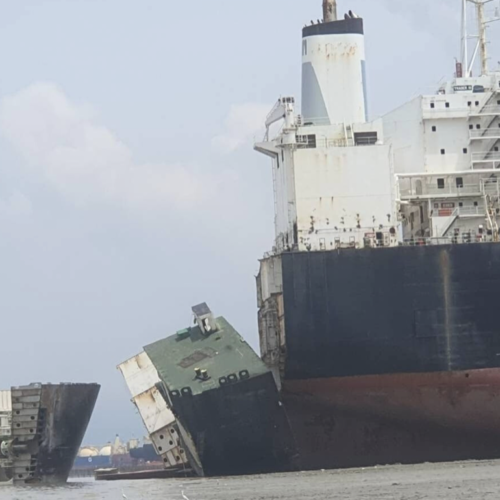Child Labour
Despite extremely precarious working conditions and that the work requires considerable physical strength, children work in the shipbreaking yards in Bangladesh.
It is illegal under Bangladesh’s Labour Act to employ children and adolescent workers in hazardous industries such as shipbreaking. In a study issued in 2019 by Dr. Muhammod Shaheen Chowdhury, Professor of Law at the University of Chittagong, it was found that 13 percent of the workers were under the age of 18. Whilst exploitation of the youngest children seems to have ceased since the publication of a previous report by the Platform, YPSA and member organisation FIDH in 2008, many young teenagers between 15-17 years old are still illegally employed at the Chattogram shipbreaking yards. To avoid labour inspections, they are offered work during nightshifts.
Children are especially vulnerable to the toxic environment and dangerous conditions at the shipbreaking yards. They complain about the pains they suffer while working, and about being regularly sick (headaches, dizziness) because of the toxic environment. The risk of cancer due to the constant exposure to toxic fumes and asbestos fibres is high, so is the risk of becoming severely injured. As exploiting children at the shipbreaking yards is illegal, yard owners will refute the employment of children in the sector. If a child worker is injured, he will thus not be provided any compensation, leaving the expenses for medical treatment to the relatives.
The International Labour Organisation (ILO) Convention on Worst Forms of Child Labour is ratified by Bangladesh and imposes an obligation to “take immediate steps and effective measures to secure the prohibition and elimination of the worst forms of child labour as a matter of urgency”, children meaning under 18 years old. Shipbreaking as carried out on the tidal beaches of Chattogram is characterised as one of the most hazardous jobs in the world by the ILO. Still, no yard owner has ever been held responsible for child labour, not even when a child worker is severely injured or has died in a shipbreaking yard.
TYPE OF WORK
Most of the children work as cutter helpers or “sweepers”. The former assist the workers that use gas torches to cut off pieces of iron. Some work on the shore, where larger pieces of the ship are cut into smaller plates, others work directly on the ship. Working on the ship is much more dangerous - should there be a fire, the workers inside the hull risk inhaling highly toxic fumes. “Sweepers” remove mud from the pieces of the ship after they have been dragged through the tidal mudflat. They also remove sludge, which is toxic and causes skin diseases. Unlike cutter helpers, who usually manage to get basic equipment in bad conditions, such as rubber boots and gloves, children in charge of “sweeping” are not protected at all.
A limited number of children carry the heavy cables used to move the cut-off ship parts, the youngest usually fix the cables onto the pieces of steel. While the average working day at the yard is 12 hours, the workers in charge of cables and chains easily work 14 to 15 hours, regardless of their age.
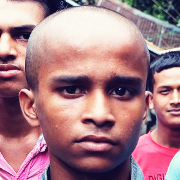
THE PUSH AND PULL FACTORS
The loss of land by poor families following floods, in particular from the North of Bangladesh, a father who dies or leaves his family, or a loan that the family is not able to pay back are all starting points of a cycle of extreme poverty. Families are left without the ability to face daily expenses and their own survival is threatened. One option is to send a child to the shipbreaking yards, where the salary is higher than in other sectors, and where employers often close their eyes to minimum age requirements and hire even young children.
Poverty is however not the only cause of child labour at the shipbreaking yards. There is also a “pull factor” that encourages child labour: children represent a cheaper work force that is easy to control and most unlikely to defend their rights, and even more unlikely to seek help from trade unions.
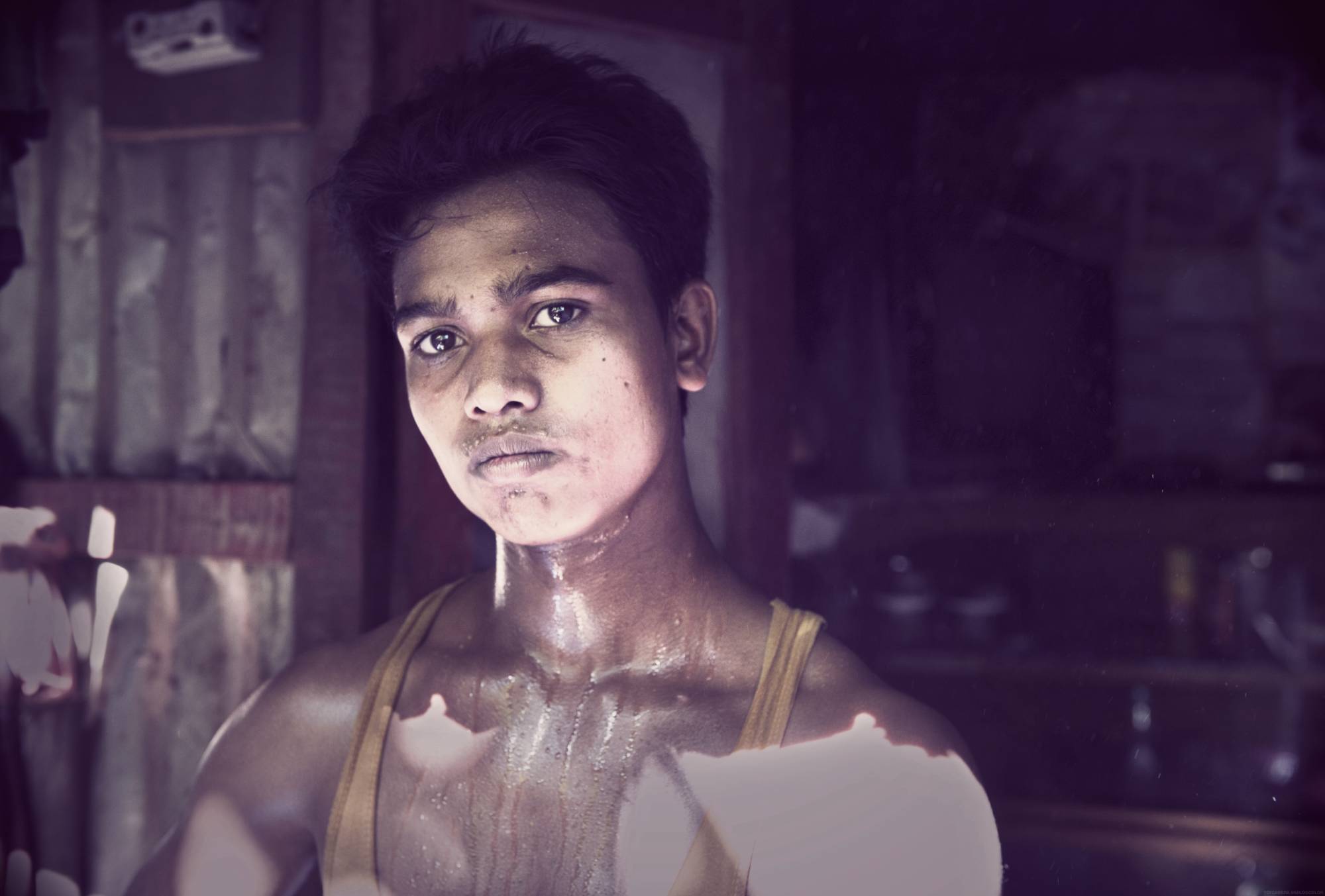
RECOMMENDED READINGS
Latest News
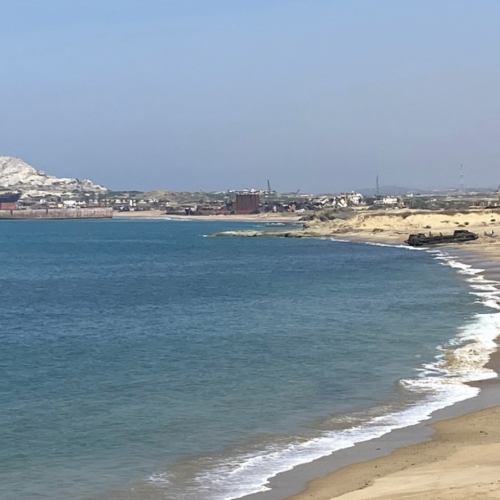
Platform publishes South Asia Quarterly Update #43
Fifteen workers suffered an accident on South Asian beaches in the third quarter of 2025.
... Read More
